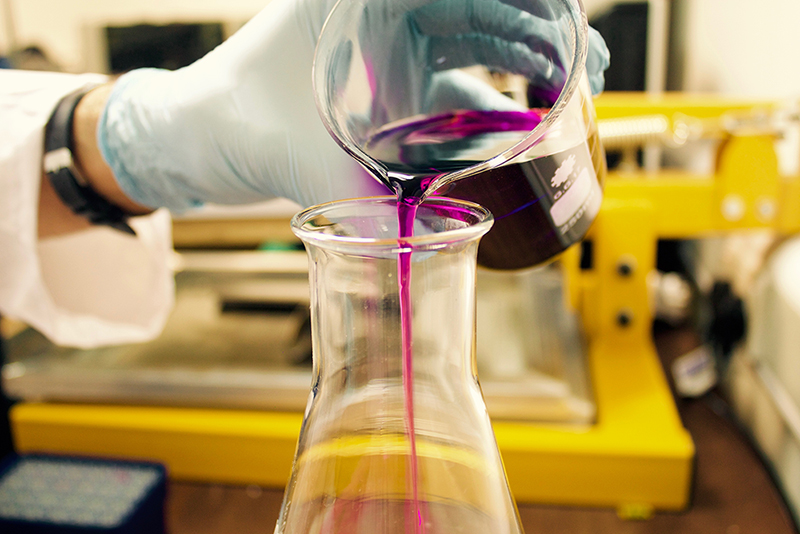Context

The use of geochemical tracers is fundamental for identifying past variations in paleoenvironmental conditions. Nonetheless, the use of these tracers can be difficult in the absence of information regarding the ways in which they were acquired, particularly in biominerals, and regarding their preservation in sedimentary archives. In order to better understand these acquisition modalities, the team focuses on several types of biominerals and various geochemical tracers, in particular corals (eNd signature) and foraminifera (benthic and planktonic, element ratios). The team’s approach places a particular emphasis on retrieving modern specimen samples (living or recently dead) as well as samples of the water in which they developed (bottom water or pore water), thanks to various oceanographic in which the team is involved, in order to compare geochemical signals measure in biominerals with values obtained in the water. Furthermore, in order to better understand the processes of biomineralization, we are also developing the analysis of small- and very small-scale samples so as to throw new light on intra- and interspecies variations. The recent acquisition of new instruments has greatly facilitated this approach.
The aim of our research activity is to better understand the processes of acquisition and preservation of isotopic and elemental geochemical signatures in biocarbonates in order to optimize the tracers as a means of reconstructing paleoenvironments.
